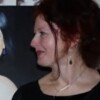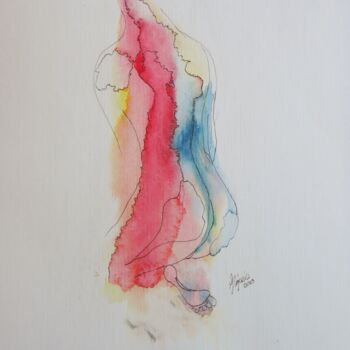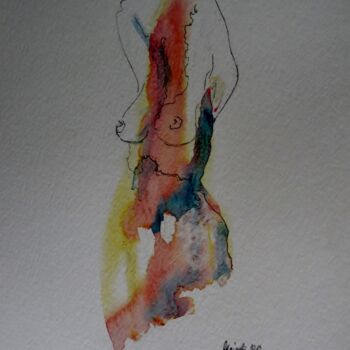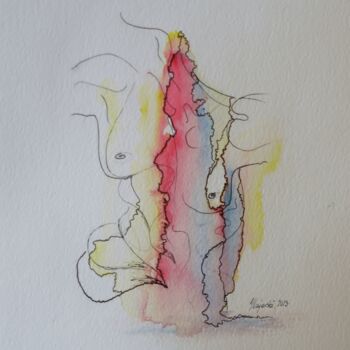Ephraim (2021) Fotografie von Grazyna Hajewski
Dieser Druck ist in verschiedenen Grössen erhältlich.
Verkauft von Grazyna Hajewski
Dieses Bild steht zum Download mit einer Lizenz zur Verfügung
Verkauft von Grazyna Hajewski
-
Diese Arbeit ist eine "Open Edition"
Fotografie,
Giclée / Digitaldruck
- Masse Verschiedene Grössen erhältlich
- Mehrere Möglichkeiten (Kunstdruckpapier, Drucke auf Metall, Leinwand)
- Rahmen Rahmung zur Verfügung (Schwebender Rahmen verglast, Rahmen mit Acrylglas)
- Kategorien Expressionismus Landschaft
The landscape blossomed in the 17th century, its cultivars emerged and theoretical categories were developed. In the Netherlands, the development was mainly topographical (Jan van Goyen, Meindert Hobbema, Jacob van Ruisdael) and fantastic (Joachim Patinir) landscapes. Italy and France were dominated by the composed landscape, where the heroic landscape (Nicolas Poussin) and the pastoral landscape (Claude Lorrain) were distinguished. In the 18th century Venice, the vedut painting was developing (Giovanni Antonio Canal, Francesco Guardi, Bernardo Bellotto); in England, it was created by such artists as William Turner and John Constable; in Germany - Caspar David Friedrich. In the nineteenth century, the so called "Socrates" were created. a school in Barbizon, which brought together artists who painted mainly realistic country landscapes (Théodore Rousseau). Also in impressionism and post-Impressionism, the main theme of the landscape remains - but in a completely new way (Camille Pissarro).
In the nineteenth century, a school in Barbizon, which brought together artists who painted mainly realistic country landscapes (Théodore Rousseau). Also in impressionism and post-Impressionism, the main theme of the landscape remains - but in a completely new way (Camille Pissarro). In the art of the twentieth century, landscape has become a popular theme taken up by artists from various directions (fovists, cubists, expressionists, surrealists).
Verwandte Themen
Countess ist eine Künstlerin, Malerin und Fotografin. Ihre Bilder zeigen die Schönheit des Lebens und seiner Elemente. Die Hauptrichtung ihrer Malerei ist der Impressionismus.
Sie malt in Öl und Aquarell, greift aber auch zu Bleistift, Kugelschreiber oder Kohle, wenn sie Menschen und Elemente der Natur porträtieren möchte. In ihrer Kunstgalerie stellt sie Gemälde aus, die die Richtung meiner Interessen und Inspirationen widerspiegeln.
Sie respektiert die jüdische Kultur und Kunst mit großem Respekt, sie bewundert die Beschlüsse der Thora und sie bewundert die Tatsache, dass sie bis heute nicht ihre Aktualität verloren haben, sondern von aufeinanderfolgenden Strömungen übernommen werden, die auf der Leinwand des Jüdischen entstanden sind und uns durch das Leben führen.
Gräfin arbeitet und lebt in Braunschweig (Deutschland). Sie schloss ihr Studium an der Akademie der Bildenden Künste in Hamburg und Paris mit Auszeichnung ab. Ihre Werke haben es in vielen Ländern gezeigt.
-
Nationalität:
DEUTSCHLAND

- Geburtsdatum : 1956
- Künstlerische Domänen: Werke von professionellen Künstlern,
- Gruppen: Professioneller Künstler Zeitgenössische Deutsche Künstler








